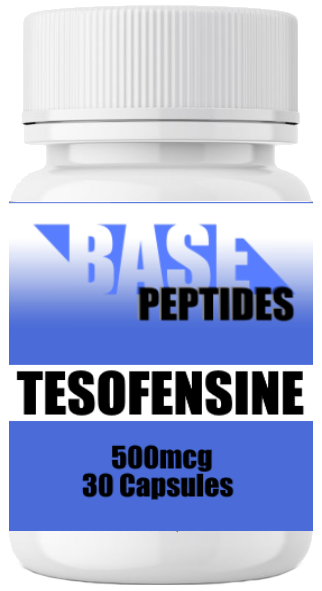
September 5, 2024
Tesofensine Explore The Science & Specialists
Medical Care Cost-free Full-text Pharmacological Support For The Treatment Of Weight Problems Existing And Future The adipocyte derived hormonal agent leptin flows at plasma degrees directly correlated to adiposity (26) and plays a vital function in power homeostasis as an unfavorable feedback regulatory authority of adiposity by restricting power consumption and supporting energy expense hence avoiding weight gain (27 ). Therefore, during periods of hunger throughout which time fat mass is decreased, leptin is decreased in-turn advertising boosted food consumption and fat buildup (28 ); alternatively interruption of leptin signalling advertises hyperphagia and fast weight gain (29 ). In the Discover more mediobasal hypothalamus, leptin turns on POMC whilst straight preventing AgRP and NPY nerve cells with an internet effect of increasing power expenditure and reducing food consumption (30 ). Along with this, in the dorsomedial hypothalamus, leptin promotes increased energy expense through activation of brownish adipose tissue which results in a reduction in body weight that is independent of food intake (31 ). The efficacy and safety and security of cetilistat, a novel prevention of intestinal lipases, was established in both overweight nondiabetic (24) and diabetic person (25) individuals. Similar weight decreases were observed in patients treated with cetilistat and orlistat (25 ).- In September 2007 NeuroSearch reported the end result of a Phase IIb research with tesofensine for the therapy of weight problems.
- In a recently released post making use of a variant of the DIO rat design, tesofensine (0.5-- 3 mg/kg sc) dose-dependently decreased nocturnal food consumption with an ED50 of 1.3 mg/kg (Axel et al., 2010).
- For example, going down 10% to 15% of body weight can produce improvements in problems like rest apnea and non-alcoholic fatty liver.
The Possible Influence On Weight Problems
Amphetamine-induced anorexia nervosa was connected to a lowered hypothalamic expression of orexigenic NPY (37, 38). Amphetamine treatment was further shown to boost the expression of drug- and amphetamine-regulated records (CART) (39 ), a neuropeptide secreted by anorexigenic POMC nerve cells that decreases food intake (40 ). Tesofensine has actually been discovered in current trials to minimize the danger of diabetic issues by helping with weight-loss.Relevant Terms:
A striking finding sustaining this perspective is that leptin supplements reveals impressive efficiency in decreasing body weight in people with congenital leptin deficiency96,118,119, yet is mostly inefficient in more common polygenetic types of obesity115,116,117. Just recently, tesofensine has demonstrated encouraging outcomes for treating unusual human feeding disorders, such as hypothalamic excessive weight [38] Hypothalamic excessive weight symptoms include exacerbated hunger, fast rise in body weight, and low metabolism. This kind of tumor frequently impacts the physical function of the hypothalamus, a part of the brain that regulates cravings and metabolism, thus leading to quick, unbending weight gain, a condition referred to as hypothalamic excessive weight [50] In particular, the absence of satiation responses from the hypothalamus has been recommended as a system for hypothalamic excessive weight [51-- 53] Hypothalamic excessive weight is a challenging problem to treat, as there are presently no authorized or reliable medicinal therapies.What class of medication is tesofensine?
Tesofensine is a Serotonin-norepinephrine-dopamine-reuptake-inhibitor (SNDRI). SNDRIs are a course of psychoactive antidepressants. They act upon natural chemicals in the mind, namely, serotonin, norepinephrine and dopamine.


Social Links